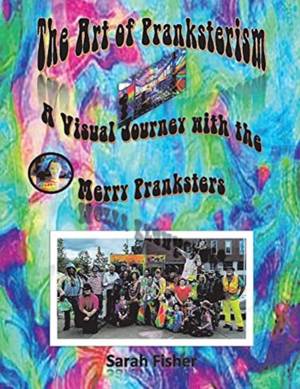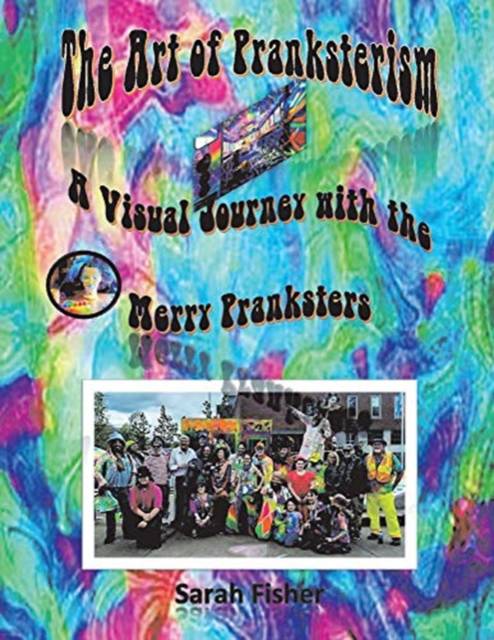
Je cadeautjes zeker op tijd in huis hebben voor de feestdagen? Kom langs in onze winkels en vind het perfecte geschenk!
- Afhalen na 1 uur in een winkel met voorraad
- Gratis thuislevering in België vanaf € 30
- Ruim aanbod met 7 miljoen producten
Je cadeautjes zeker op tijd in huis hebben voor de feestdagen? Kom langs in onze winkels en vind het perfecte geschenk!
- Afhalen na 1 uur in een winkel met voorraad
- Gratis thuislevering in België vanaf € 30
- Ruim aanbod met 7 miljoen producten
Zoeken
The Art of Pranksterism
A Visual Journey with the Merry Pranksters Volume 1
Sarah Fisher
Paperback | Engels
€ 54,45
+ 108 punten
Omschrijving
Some people embrace the concepts of the weird, the odd, and the strange, forming subcultures of collective identities that allow individuals to enact a symbolic anarchical protest of conventional society. For the Merry Pranksters, this protest is achieved through twisting conventions of style, art, and spirituality. Dive into the adventure within this visual journey of artistic exploration as the Pranksters celebrate fifty years of DayGlo.This community evinces elements of subcultural identity, allowing for a conceptual analysis of the folklore found within the culture. Using a comparative behavioral approach, "The Art of Pranksterism" defines the elements of the Merry Prankster subculture that began with Ken Kesey and his friends in the 1960s. It goes on to investigate how members of the subculture use art and costumes to express individuality while evoking communitas within the subculture. While many scholars consider the individual desire to participate in a community that joins together during festivals, "The Art of Pranksterism" focuses on what compels some people to "drop out" of society when joining or identifying with subcultures. An exploration of festivals draws on performance theory, subcultural theory, and religious folklore. And while previous research focuses on the history of the Pranksters, "The Art of Pranksterism" instead focuses on the continuation of the Prankster subculture through community and art.
Specificaties
Betrokkenen
- Auteur(s):
- Uitgeverij:
Inhoud
- Aantal bladzijden:
- 136
- Taal:
- Engels
Eigenschappen
- Productcode (EAN):
- 9781543965346
- Verschijningsdatum:
- 5/05/2019
- Uitvoering:
- Paperback
- Formaat:
- Trade paperback (VS)
- Afmetingen:
- 213 mm x 279 mm
- Gewicht:
- 498 g

Alleen bij Standaard Boekhandel
+ 108 punten op je klantenkaart van Standaard Boekhandel
Beoordelingen
We publiceren alleen reviews die voldoen aan de voorwaarden voor reviews. Bekijk onze voorwaarden voor reviews.









